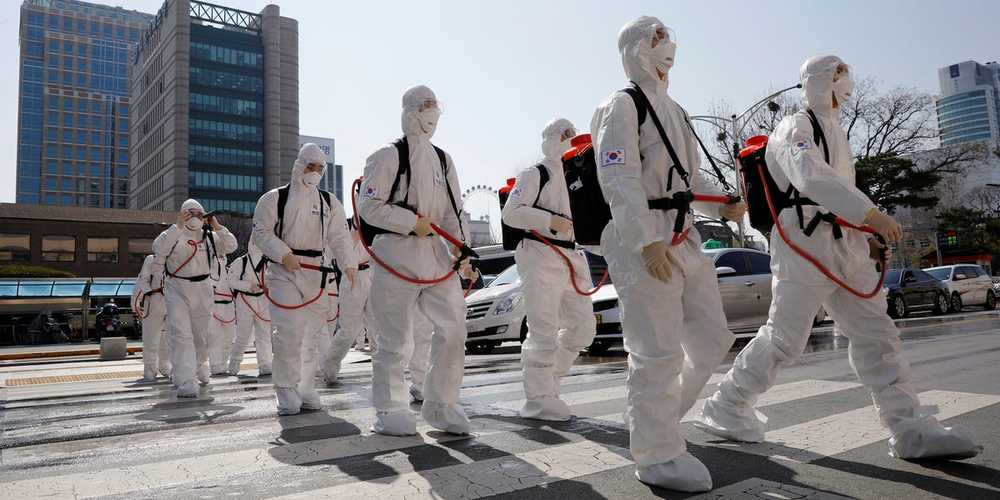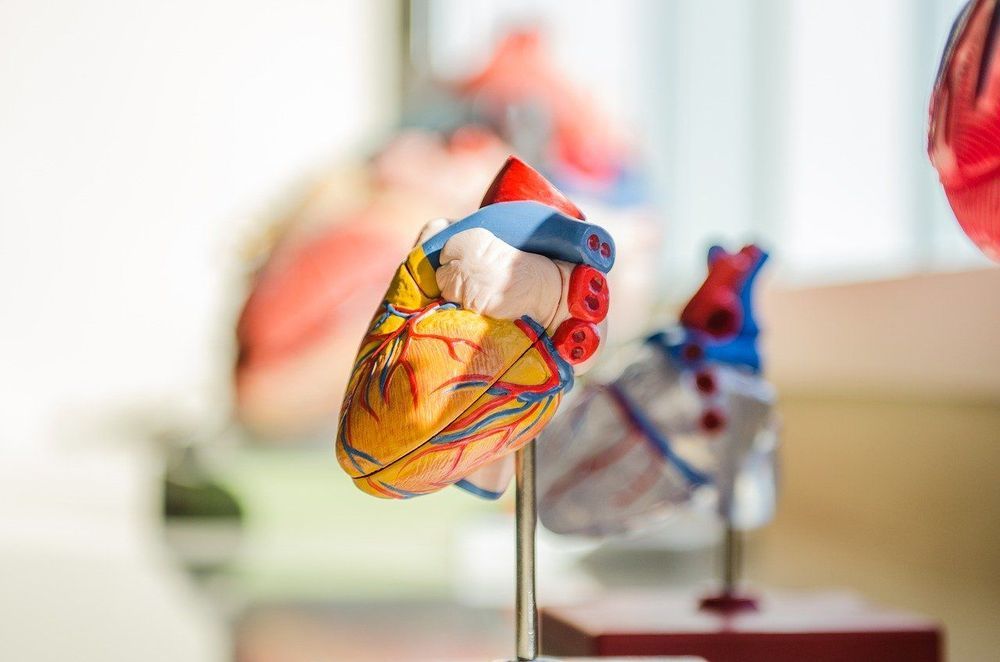Paralysis used to mean a life sentence of immobility with no way out—until now.
Back in 2010, Ian Burkhart suffered a devastating injury that would leave him mostly paralyzed. Even though he was still able to move his shoulders and elbows, he had lost sensation in his hands. That was until Patrick Ganzer at Battelle Memorial Institute fast-forwarded biotech into the future by developing a brain implant that would turn Burkhart’s life around. When the implant connects to a specialized brain-computer interface, it does something that has never been done before and has restored both movement and touch in his right hand.








